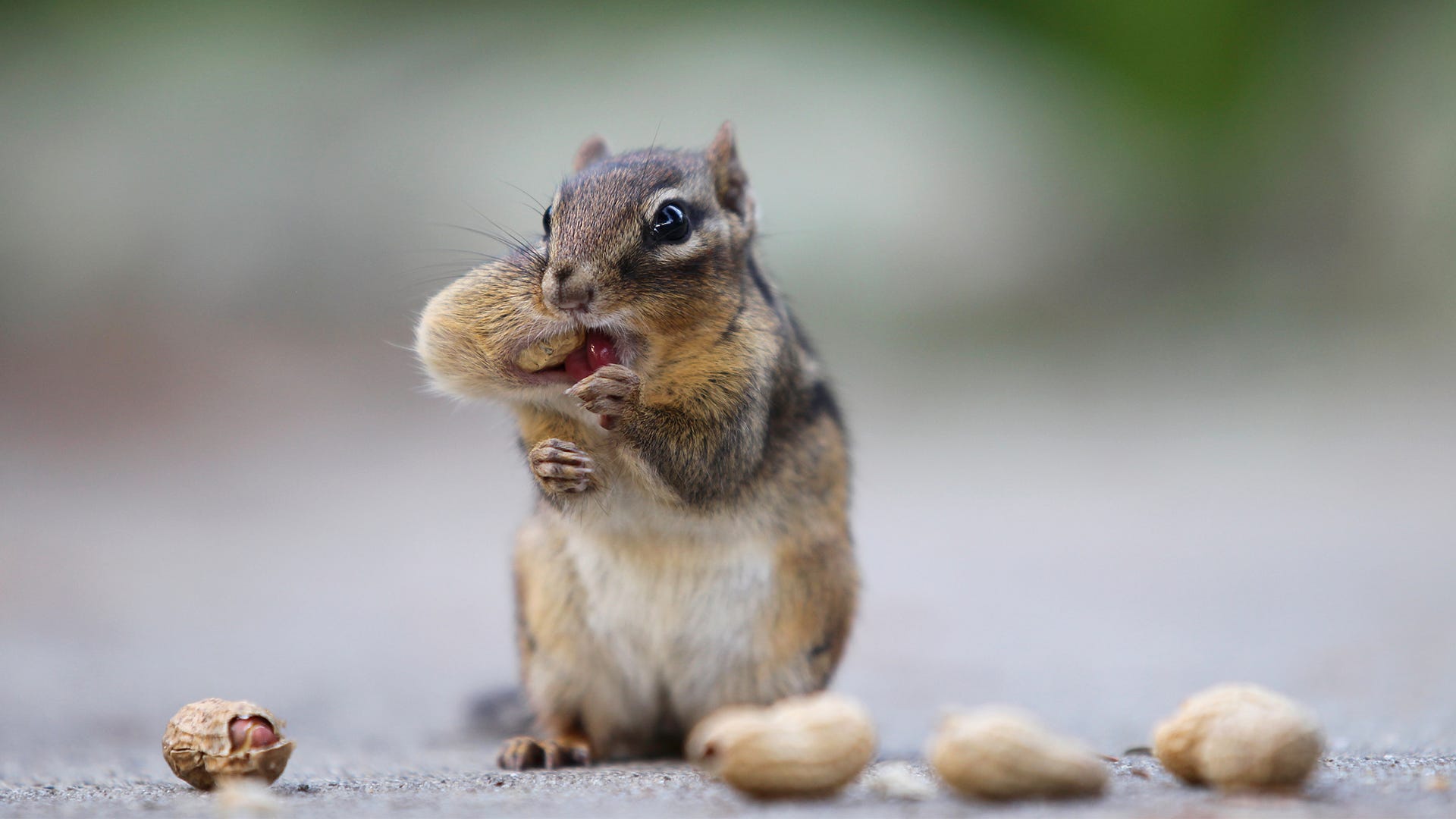
Here at Perky-Pet®, we spend a lot of time building bird feeders that stop squirrels from swiping the food you put out for birds. While squirrels are the biggest culprit for stealing bird food, there are plenty of other critters that are happy to partake in the tasty treats you’re offering.
That’s why we came up with this list of five other bird food burglars, and tips on what you can do to hold them at bay!
1. Raccoons
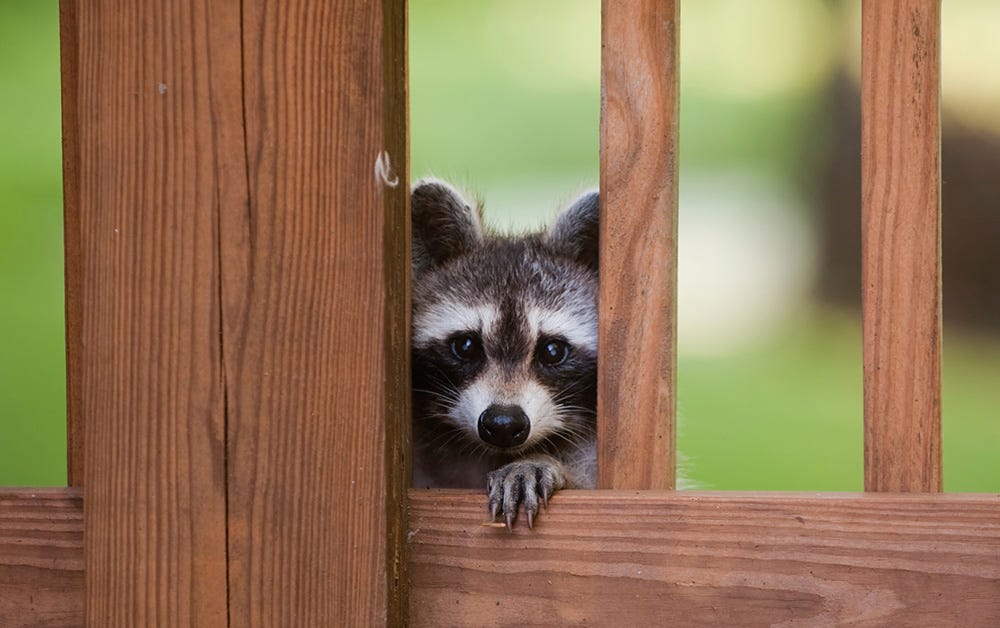
With a bandit’s mask across their eyes, those ever-crafty raccoons lead our list of bird feeder bandits! These amazing animals have a lot going for them – a bright mind, stealthy habits and paws that work more like hands than most animals! One of the best ways to keep these rascals away from bird feeders is to sprinkle cayenne pepper in your bird seed and on the ground around your feeder. (This works on garbage cans, too!) The spice is simply too strong for raccoons to consume and they stay away. Birds, however, don’t mind cayenne at all.
What do raccoons eat normally? Smart and adaptable, raccoons will eat many different food items, including insects, rodents, frogs, eggs, crayfish, fruit, plants, nuts, and berries.
2. Bears
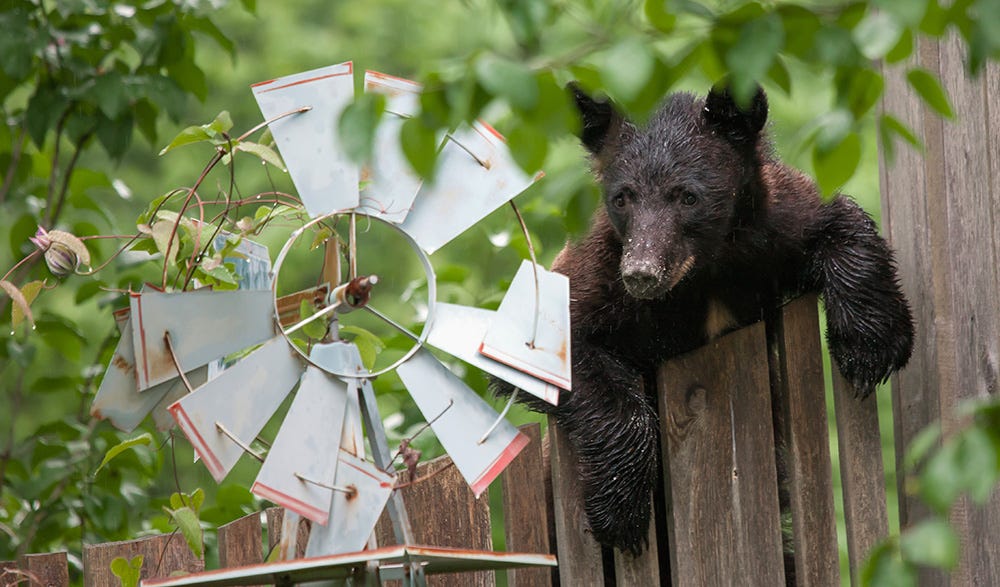
With an increased focus on conservation, bears have made a big comeback in North America. Unfortunately, that often means that they wander into populated areas looking for a bite to eat. Black Bears, in particular, have no qualms about pulling down feeders and chowing down on all the seed inside. They even enjoy lapping up the nectar from hummingbird and oriole feeders. While it’s hard to stop a bear from doing what it wants to do, you can protect your feeders by suspending them from a line that’s above the bear’s reach, normally 6 feet or higher. When the feeder is at the right height, anchor the line by tying it to a tree. Refill the feeder by lowering and raising it with the anchor line.
What do bears eat normally? Black Bears, the most common bear to eat from bird feeders, normally eat grass, berries, roots, and insects. They will also catch live animals, including fish and mammals, and eat carrion.
3. Chipmunks
If you think squirrels are cute, then you must think chipmunks are positively adorable! You can’t help but laugh as they stuff their cheeks full of sunflower seeds. These little rodents have much the same diet as squirrels do, so it’s not surprising they love visiting bird feeders. In fact, they are probably the most common bird feeder bandit after squirrels. Keep them off by mounting your feeders on tall, smooth poles that chipmunks can’t climb. Chipmunks (and squirrels) can also be thwarted by adding a baffle above or below your feeder — they’ll slip off it before they reach your bird seed.
What do chipmunks eat normally? Chipmunks love nuts, berries, and fruit. They also regularly eat snails, insects, and fungi.
4. Opossums
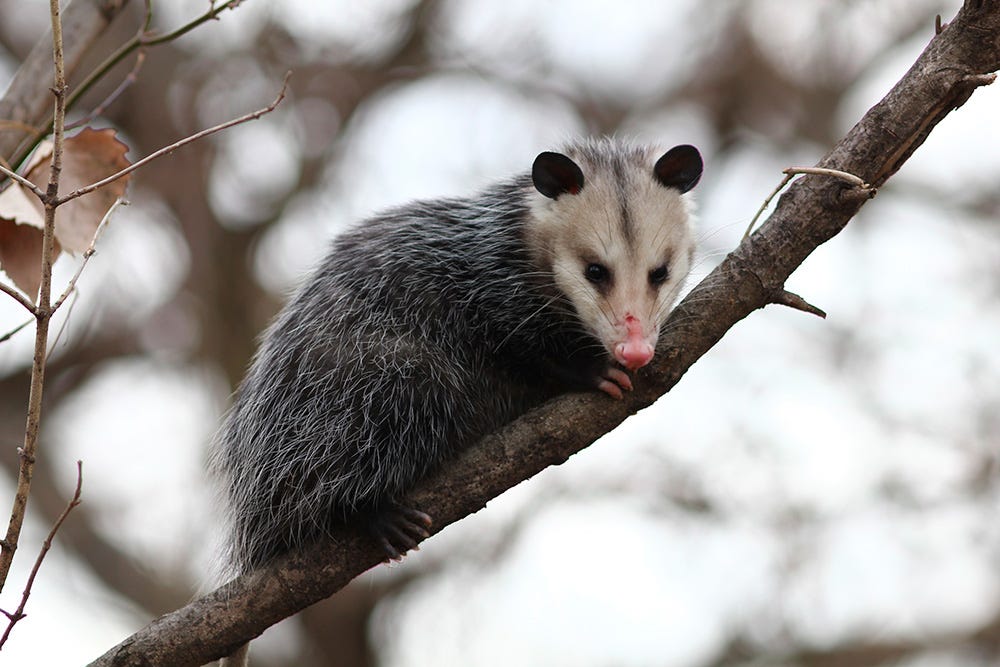
These nocturnal marsupials are opportunistic eaters, meaning they’ll take a free meal wherever they can find one, and that includes at bird feeders. Unfortunately, the immediate presence of opossums near your feeders could mean big trouble for the birds you love! Opossums are known to scavenge eggs from bird nests, so making your yard opossum-free should be a priority. While they are good climbers, opossums are only likely to discover a feeder when it has a lot of seed spillage to the ground. A daily cleanup of discarded seed (and any other potential food source) is often enough to discourage them.
What do opossums eat normally? Opossums will eat just about anything, including plant material, grain, carrion, garbage, pet food, bugs, and snails.
5. Lizards
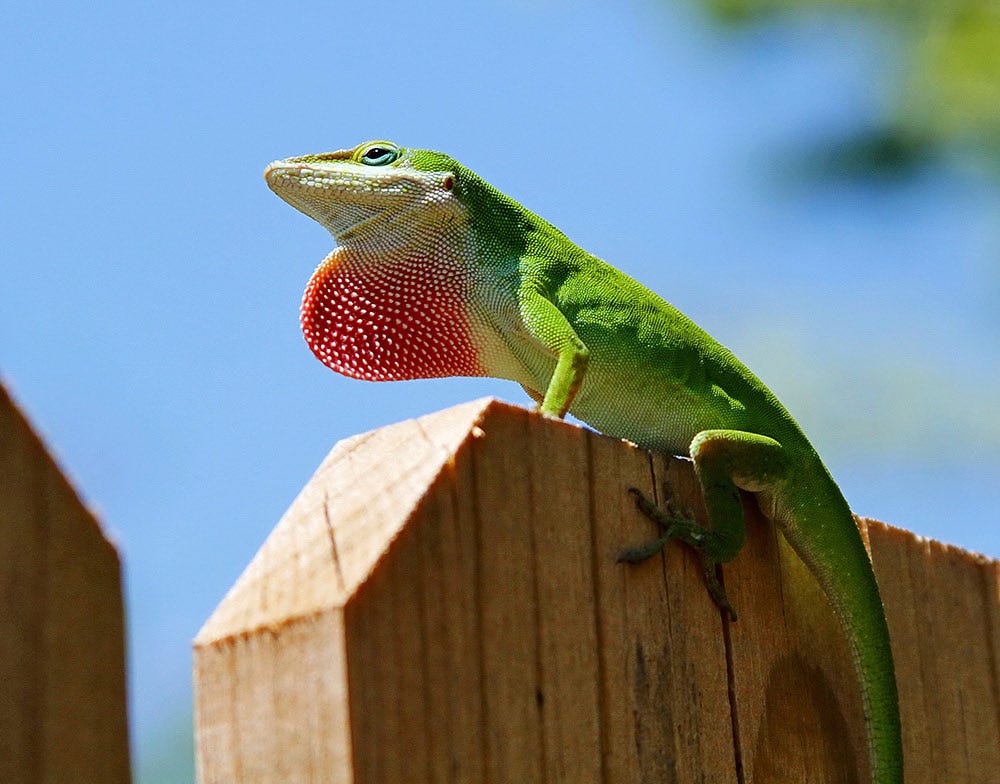
The tiny green anole, which is native to the Southeastern U.S. and officially called the Carolina Anole, will often climb down a hummingbird feeder to drink the nectar. They may be drinking the nectar because it provides some minerals or vitamins not available in their normal, insect-based diets. Do anoles pose any threat to hummingbirds? Not really. The lizards are too small to be any danger. We say enjoy visits from both the birds and the lizards!
What do green anoles eat normally? Green anoles eat small insects and some grasses in the wild.
Who Are Your Bird Feeder Bandits?
Are there other critters besides birds visiting your feeders? Take a picture of your bird feeder bandit and share it with us on Facebook. Got questions about deterring any of these animals? Check out our Learning Center for a variety of ideas that can apply to practically any critter.
Finally, subscribe to our Email Newsletter for announcements about new bird feeders and links to other helpful articles.







